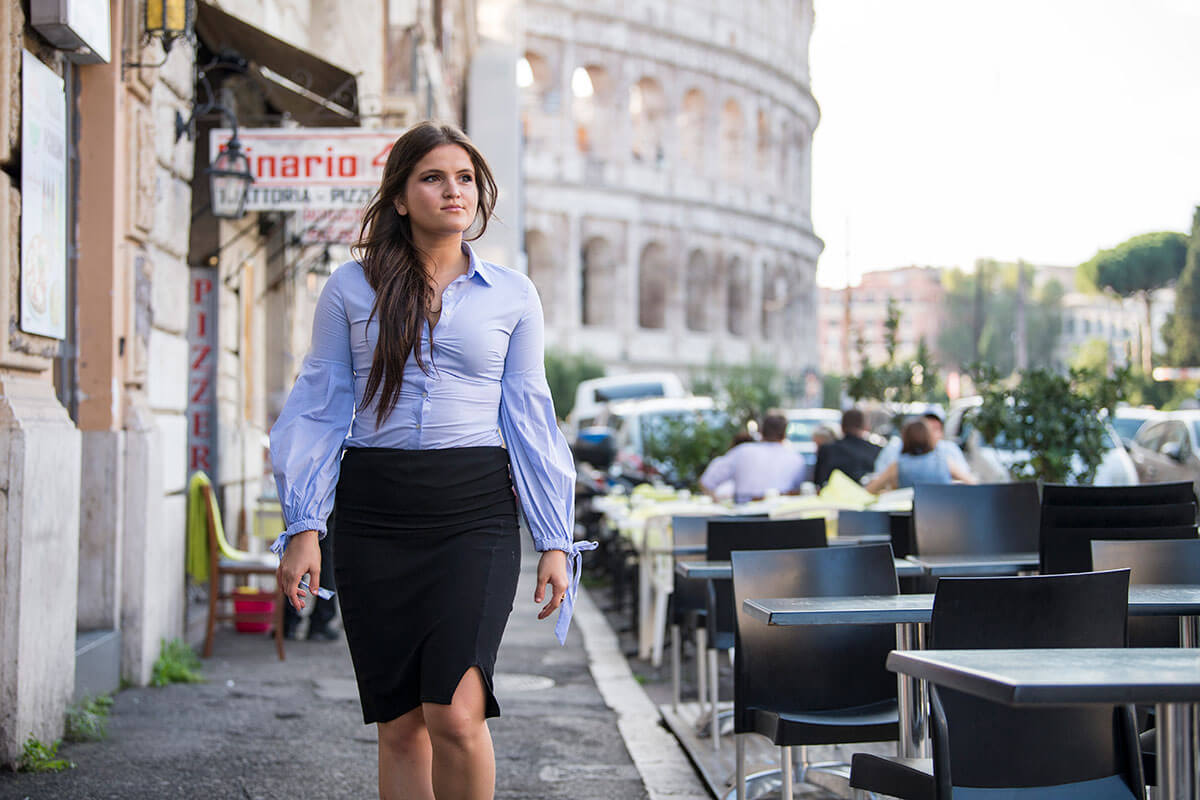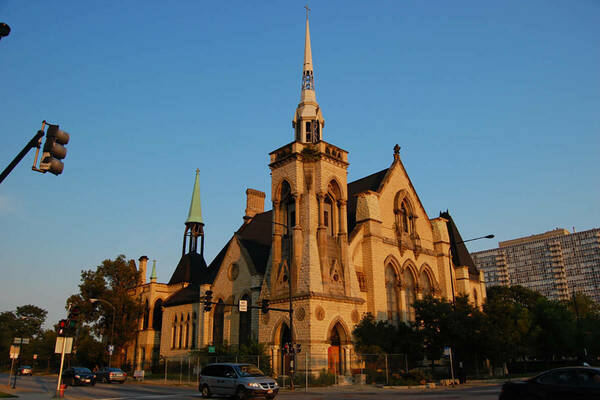
“Breathtaking.”
It’s a descriptor for something so awe-inspiring, so moving that an encounter doesn’t just capture our imagination and our emotions, it elicits a physical response. It’s a common reaction among the millions of people who visit the Sistine Chapel each year, where Michelangelo’s frescoes on the chapel’s ceiling depicting several Old Testament scenes (most famously, the “Creation of Adam”) are among the most recognizable and significant works of art in the world. They at once capture the imagination and contextualize faith and humanity in ways so powerful and moving that for many, an actual physiological reaction is warranted. Breath is taken away.
“People travel for art,” says Sophia Bevacqua ’17, an art history major now serving a five-year fellowship at the Vatican Museums. “They plan trips of a lifetime to Rome to see the Sistine Chapel and St. Peter’s Basilica because these facets of the Vatican Museums are not only masterpieces, but peak culture.”
Bevacqua works in the Vatican Museums Patron’s Office, with seven laboratories dedicated to preserving and restoring the site’s vast collections. The labs are specialized by art form: tapestries and textiles, painting and wood, ethnological materials, stone materials, metals and ceramics, mosaics, and paper. Together they form the largest art restoration complex in the world. Bevacqua is something of an intermediary in restoration projects. She works with the laboratories to determine which works of art will be restored, which methods will be used to do the work, and how much each project will cost. She then works to match upcoming restoration projects with benefaction from the museums’ pool of approximately 2,400 donors. She’s also working on an exhibition curated by Vatican Museums director Barbara Jatta of pieces that will tour major museums in the U.S.


